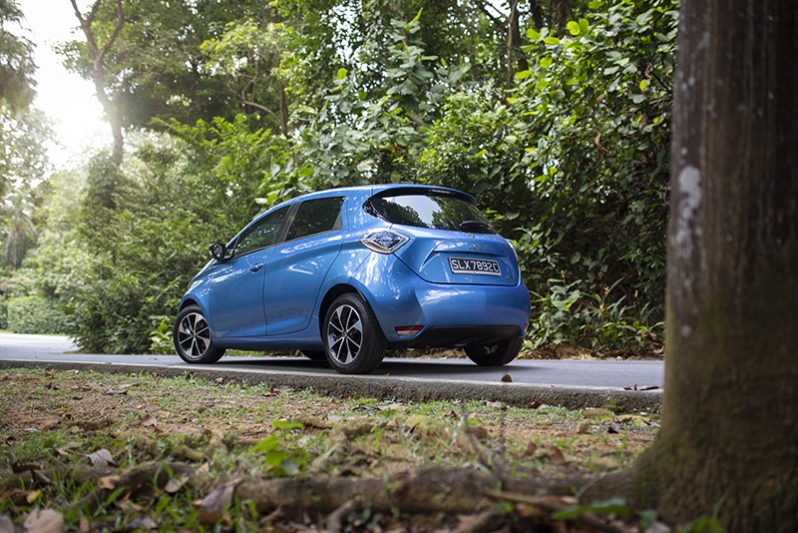Renault’s little electric hatchback offers eco-friendliness with some style
There’s no denying that the electric revolution is upon us. 2018 saw the launch of three fully electric passenger cars in Singapore; with two more models set to be on sale soon. This is a far cry from 5 years ago, where we only had three officially registered electric cars on the road – with the unavailability of charging infrastructure and high initial cost cited by consumers as the main reasons for not adopting electric vehicle technology.
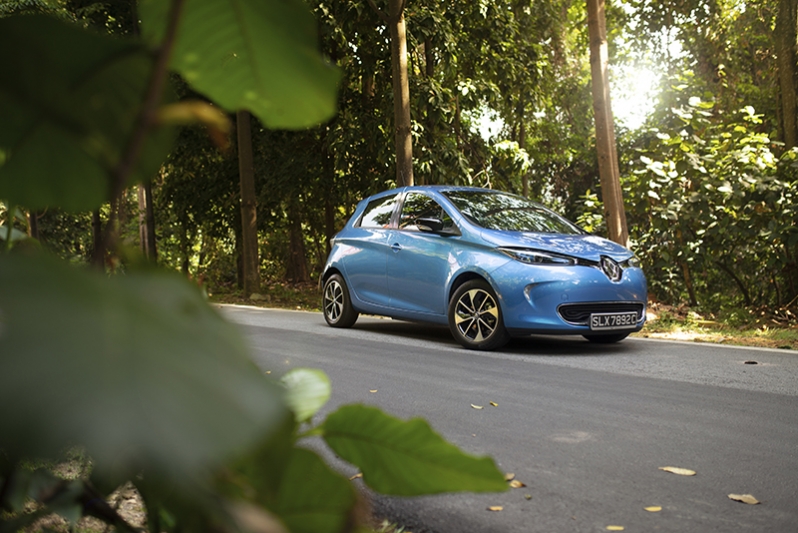
SP Group — the main electrical grid operator in Singapore — addressed the first issue in June last year with the announcement of its plans to build the largest public electric vehicle charging network by next year. A whopping 1,000 of such charging points are slated to roll out in locations with high traffic such as residential estates, shopping malls, industrial sites and business parks.
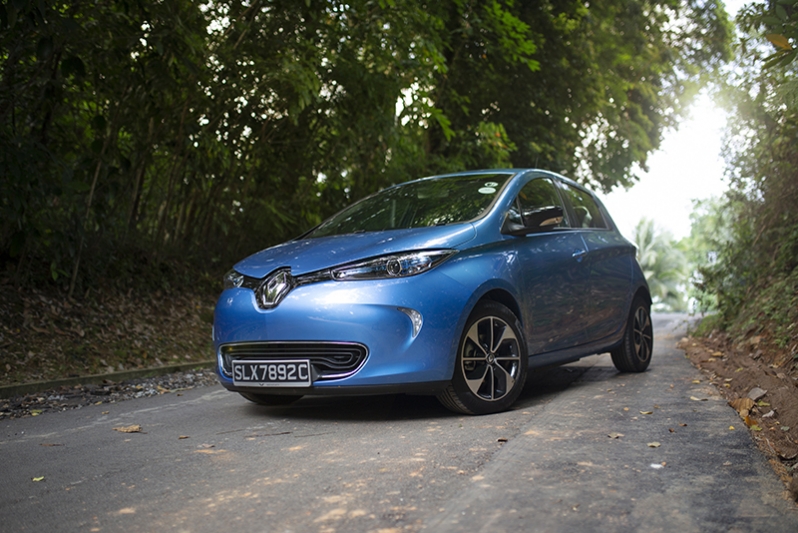
Renault attempts to address the latter issue with its Zoe Electric — at S$122,999 as of January 2019; it’s the most affordable fully electric vehicle you can buy here. Renault claims a full charge will bring you 367km, which is enough for four whole days (and some left over) of commuting, even if you live in Pasir Ris and work in Tuas.
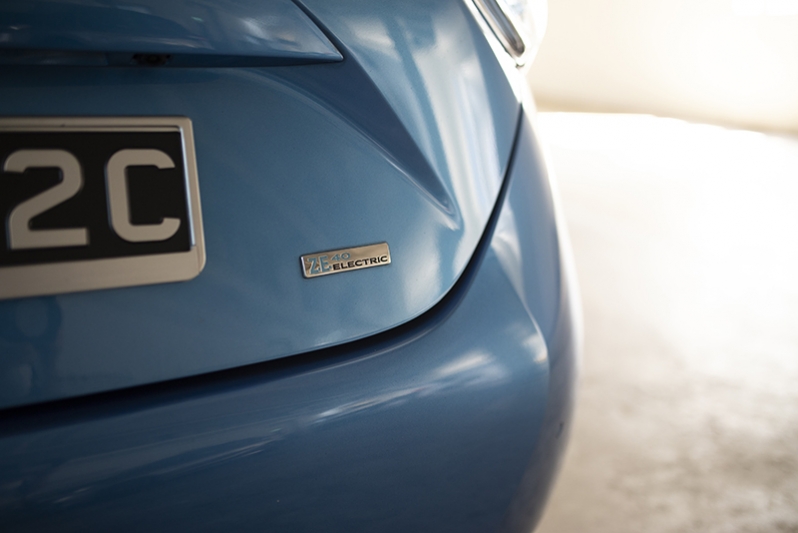
Juicing the Zoe up on the fifth day will cost just S$10.59 based on an S$0.2582/kWh electricity tariff if you leave it plugged in at home, and somewhere in the same ballpark if you use one of the 12 public charging stations or 21 charging stations in condominiums islandwide.
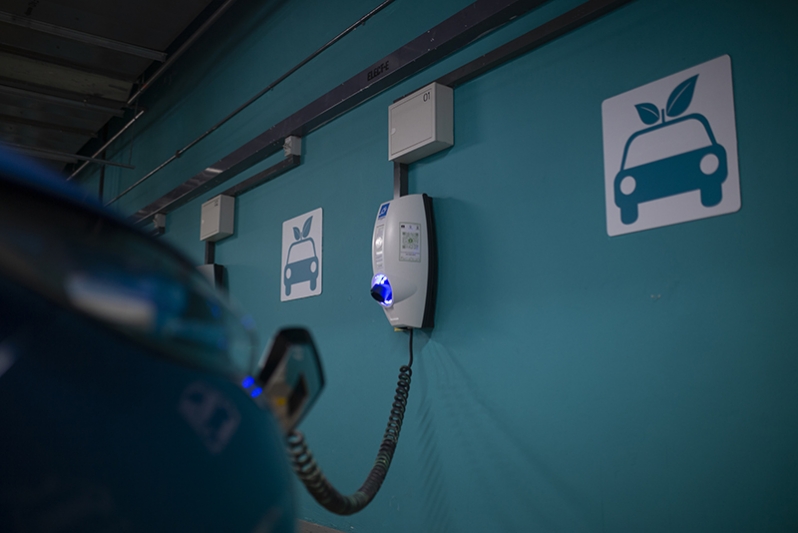
The charging station list provided by Renault showed that the charger closest to my home was at Our Tampines Hub, with a whopping seven parking bays for EV charging. Connecting it up was straightforward enough — pull up to the spot, tap the Greenlots card on the charger, and pop the charger into the Type 2 inlet hidden behind the Renault badge on the Zoe’s nose. Dinner and a grocery run at NTUC later, the car showed that the battery level had increased about 40%.
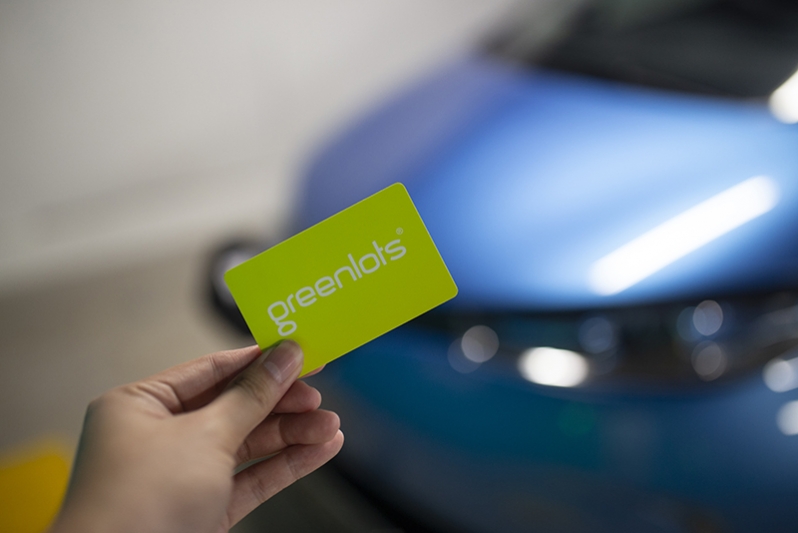
Driving the Zoe feels much like driving a regular compact hatchback. Climbing into the car, you wouldn’t think you’re in an electric car apart from the Z.E. logo emblazoned on the gearlever and an electrical motif above the glove compartment. Heck, there’s even a conventional handbrake!
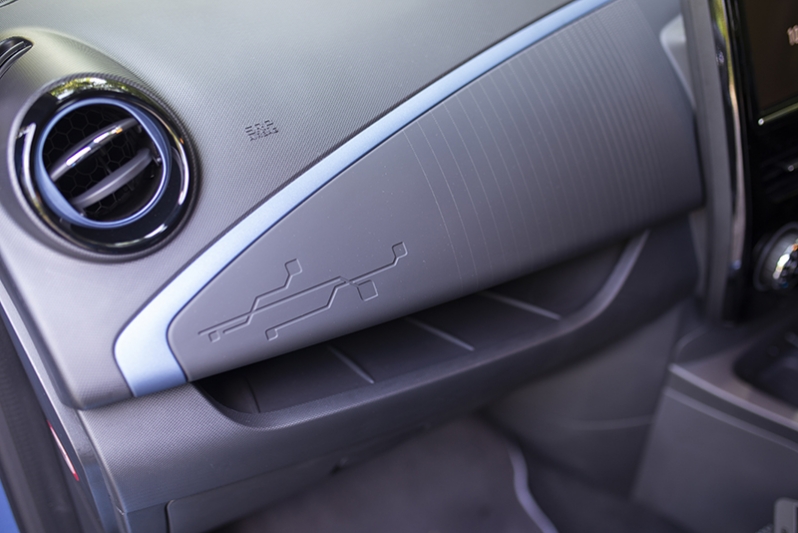
Its jellybean-like design means that there’s more space on the inside, with three passengers fitting comfortably in the rear bench seat. Front occupants get the same cushy leather seats, and a centre console that doubles up as an armrest. The 7-inch infotainment system offers navigation and Bluetooth/USB connectivity, but lacks Apple CarPlay or Android Auto.
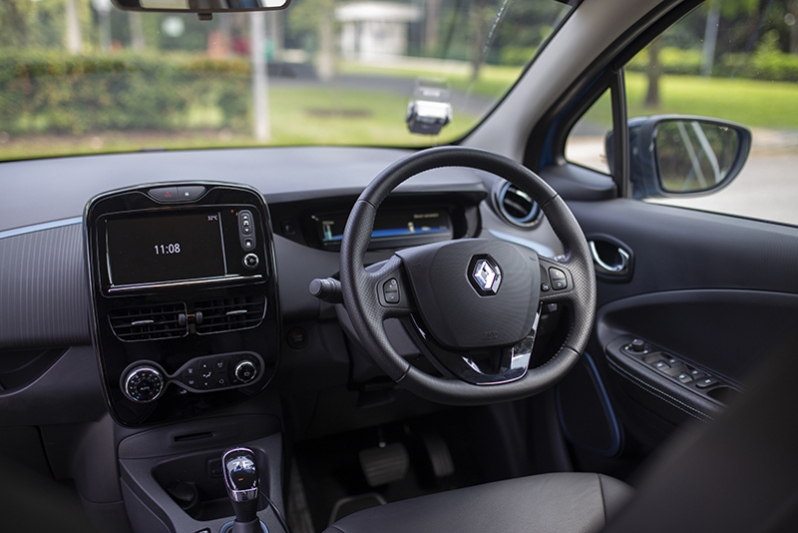
Despite its modest 91bhp output, the Zoe offers 225Nm of instant torque, allowing it to keep up with traffic with no problem at all. Jab the throttle pedal and you’ll find that it feels significantly quicker than the claimed 13.2-second century sprint suggests, with power delivered in a linear fashion with no fuss. Even when loaded with passengers, overtaking on the expressways required no planning ahead — unlike petrol cars with a similar power output.
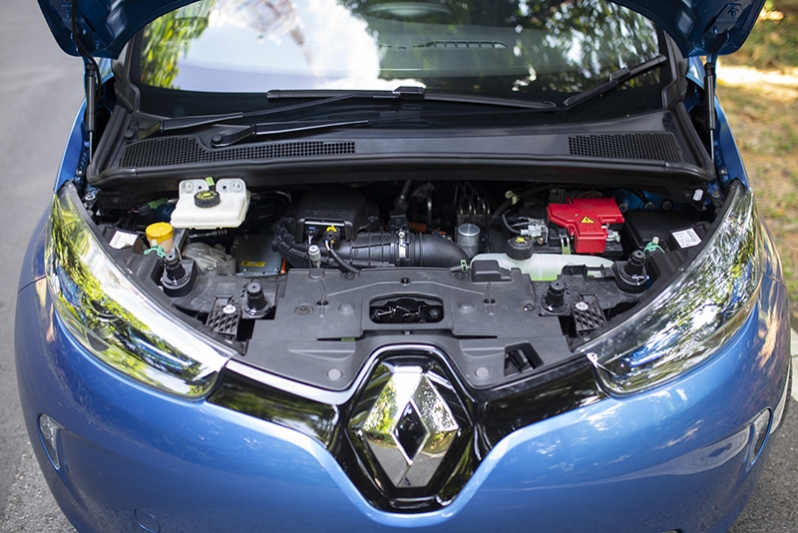
Lift your foot off the throttle and the regenerative braking works its magic without getting in the way. In minor traffic jams or slow-moving traffic, you’ll find that they recover so much energy that the range readout barely moves. During a 23km drive in morning peak-hour traffic from Bedok to Bukit Batok, I was pleasantly surprised to find that the range had only decreased 17km — sweet!
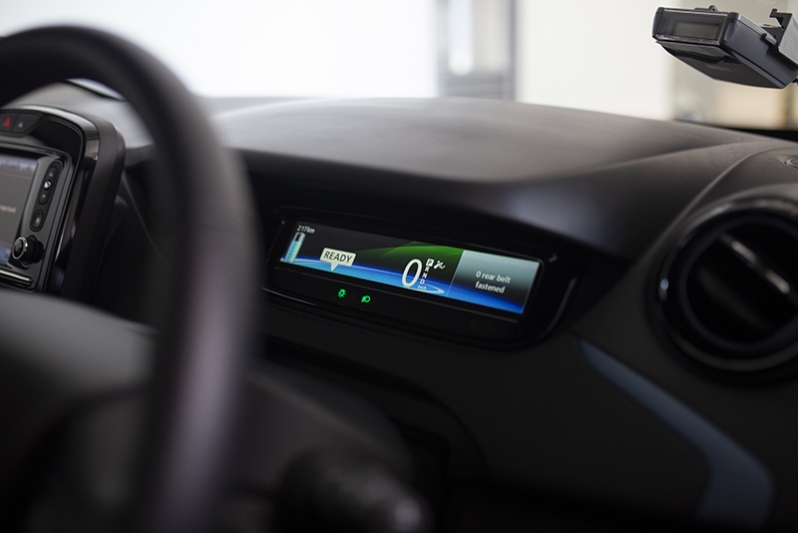
Once you get used to how the regenerative braking system works, you can even use it when driving spiritedly — it acts as a brake booster when slowing down for the corner, and works brilliantly to trim your line around it.
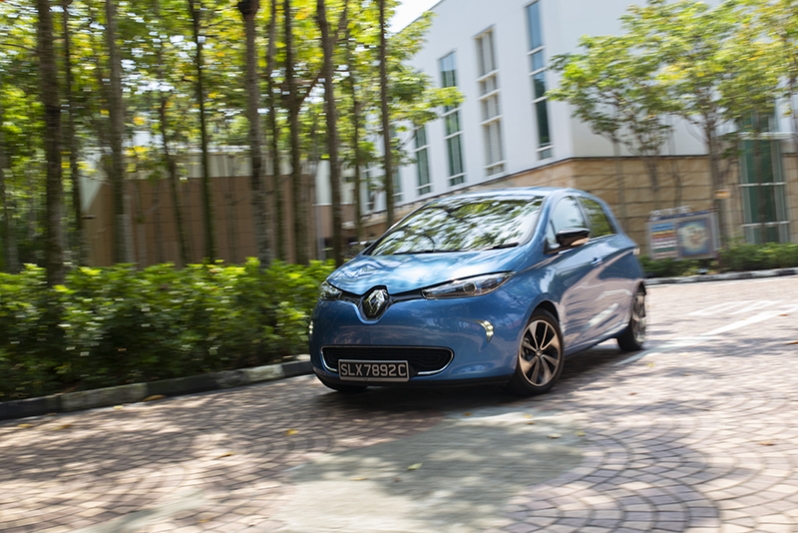
That said, handling isn’t the Zoe’s forte, being a bit on the vague end of the spectrum, but that’s to be expected from a car that was designed for eco-friendliness and not corner carving.
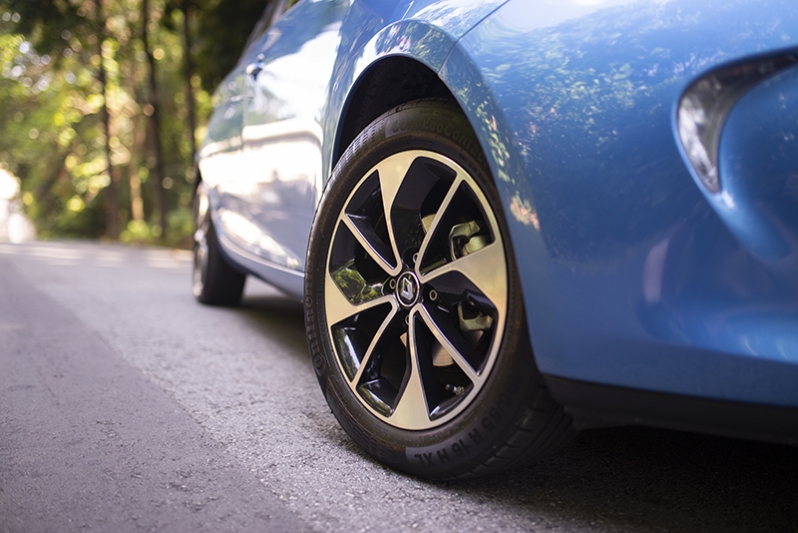
We do have to admit that despite being the cheapest electric vehicle you can purchase now, the Zoe’s price tag could get you a Scenic with change to spare. But there’s that feel-good factor when you drive something with no emissions at all, and that’s something money can’t buy.
